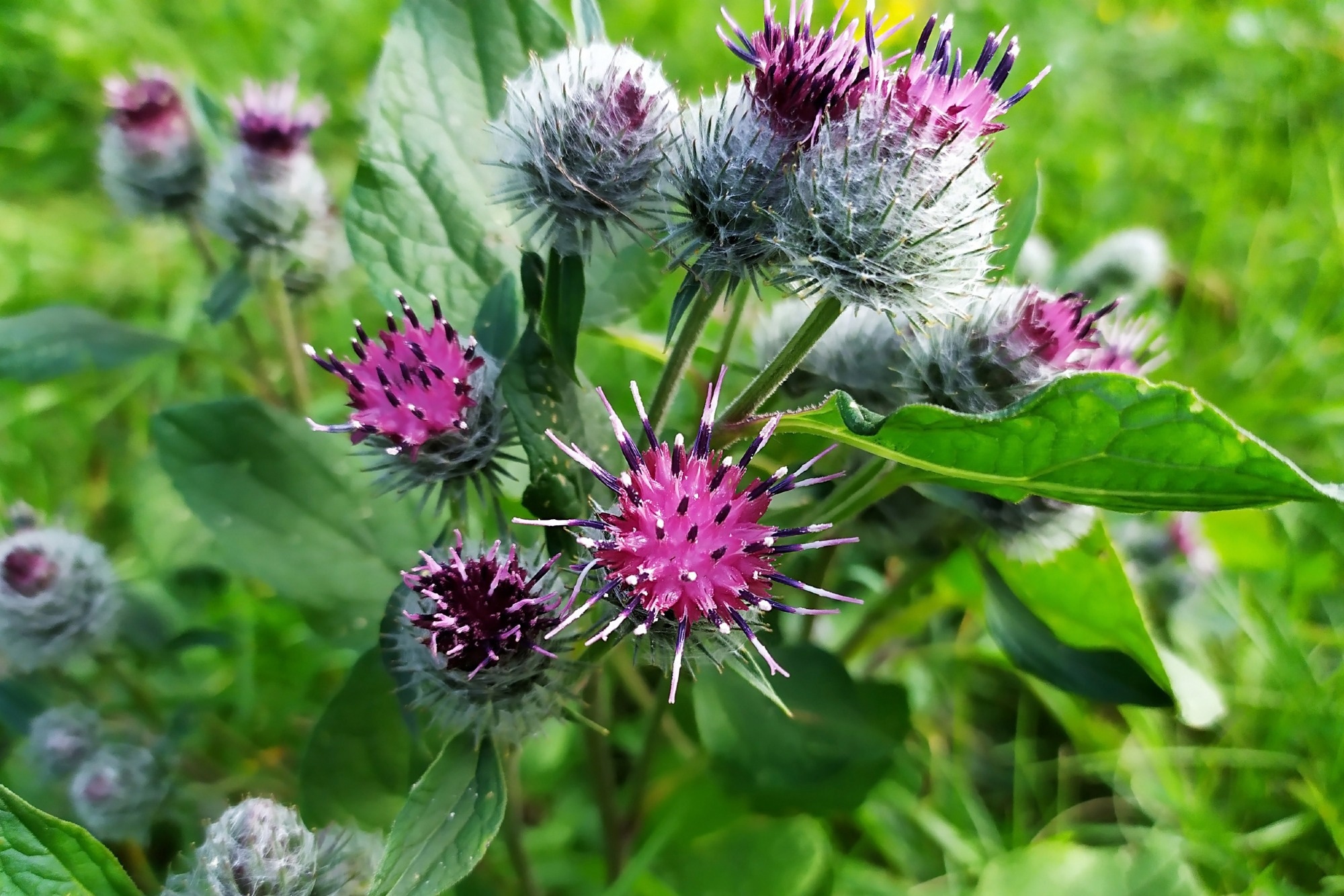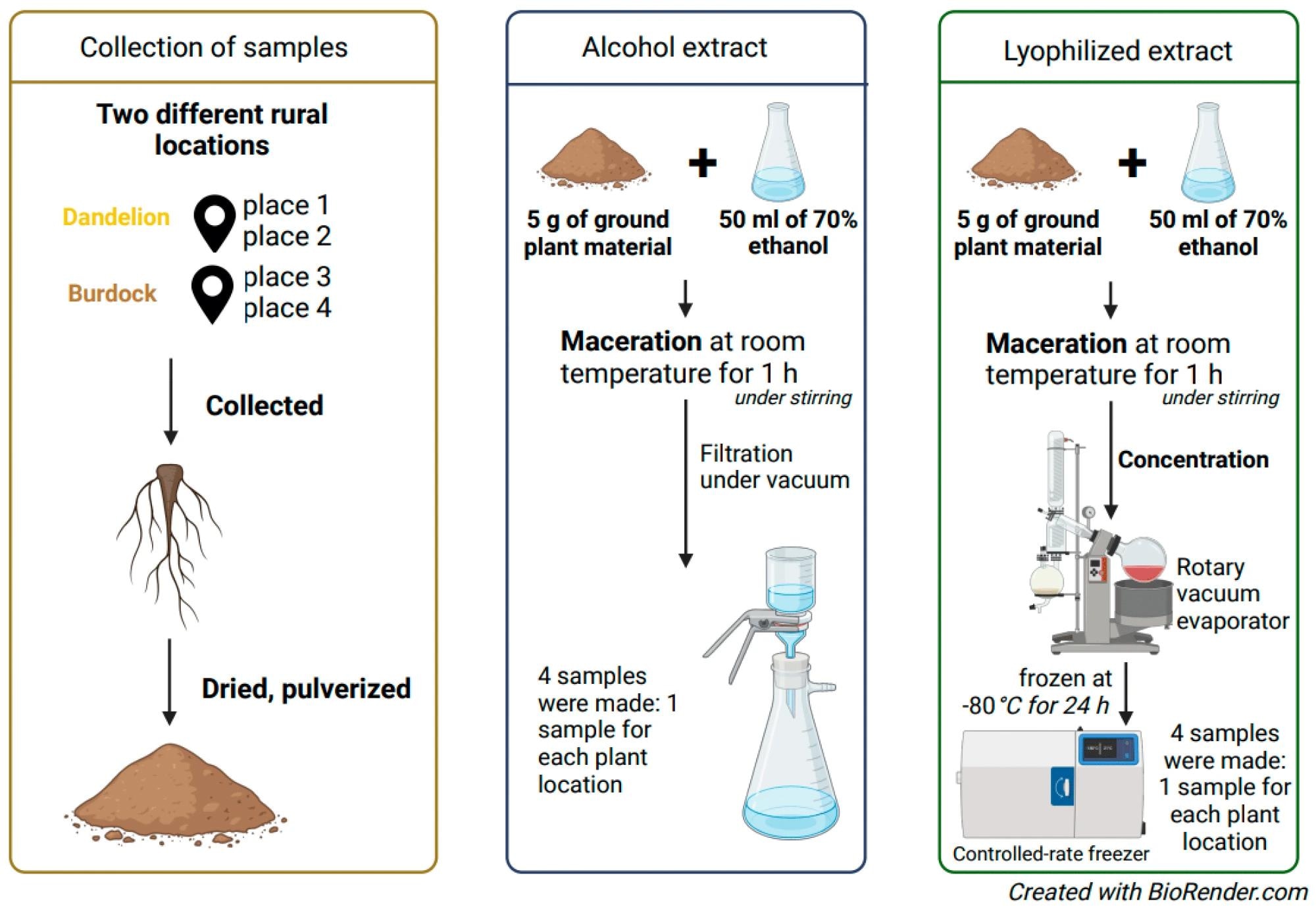In a latest research revealed within the journal Crops, researchers from Latvia analyzed and in contrast the chemical compounds within the roots of dandelion (Taraxacum officinale) and burdock (Arctium lappa) for his or her potential antidiabetic properties. They discovered that whereas burdock exhibited greater values for complete phenolic content material (TPC), tannin content material, and α-amylase exercise in comparison with dandelion, dandelion had greater complete polysaccharide (TP) content material. In vivo research are warranted to substantiate these findings and the antidiabetic potential of those vegetation.
 Examine: Antidiabetic Properties of the Root Extracts of Dandelion (Taraxacum officinale) and Burdock (Arctium lappa). Picture Credit score: KatMoys / Shutterstock
Examine: Antidiabetic Properties of the Root Extracts of Dandelion (Taraxacum officinale) and Burdock (Arctium lappa). Picture Credit score: KatMoys / Shutterstock
Background
Kind 2 diabetes mellitus (T2DM) accounts for a majority of diabetes instances globally and is related to numerous danger elements, together with genetic predisposition, poor weight-reduction plan, and lack of bodily exercise, resulting in insulin resistance and hyperglycemia-associated problems. Given the drawbacks and bills of standard hypoglycemic medicine, there’s a rising curiosity in natural drugs for diabetes administration. Preclinical research spotlight the potential of edible vegetation for blood sugar management and supply promising options with obvious efficacy and low toxicity.
Dandelion and burdock, conventional medicinal vegetation belonging to the Asteraceae household, are wealthy in numerous phytochemicals with potential well being advantages. They include phenolic acids, coumarins, and polysaccharides, exhibiting numerous organic actions, suggesting their potential function in managing complicated situations like T2DM. The current research aimed to research the potential antidiabetic properties of chemical compounds in dandelion and burdock roots by assessing their results on blood sugar ranges and antioxidant capabilities.
In regards to the research
Dandelion and burdock roots have been collected from two distinct rural areas in Latvia and processed based on standardized strategies. Whereas dandelion roots have been sourced from “Vecpiebalga” and “Kaļķis,” burdock roots have been collected close to “Viļani” and “Būdiņas.” The roots have been washed, dried, and floor right into a powder for extraction. Ethyl alcohol extracts (AE) and lyophilizate extracts (LE) have been ready from the powdered roots, and each extraction strategies have been analyzed comparatively. Evaluation of the extracts included willpower of inulin content material, TPC, tannin degree, and TP.
 Preparation of ethyl alcohol and lyophilizate extracts.
Preparation of ethyl alcohol and lyophilizate extracts.
Moreover, antioxidant actions have been assessed utilizing the DPPH (brief for two,2-diphenyl-1-picrylhydrazyl) assay, and hypoglycemic properties have been assessed based mostly on α-amylase exercise. Trolox was used as an ordinary resolution for setting up the usual curve within the antioxidant exercise evaluation. Half maximal inhibitory focus (IC50) was decided for Trolox and in contrast with that of dandelion and burdock. Equally, within the hypoglycemic exercise evaluation, acarbose was used as the usual resolution.
Liquid chromatography-mass spectrometry (LC-MS) was employed for qualitative evaluation of the chemical elements. Statistical evaluation concerned means and commonplace errors, evaluation of variance, and the Mann–Whitney U take a look at.
Outcomes and dialogue
The outcomes of particular color-change-based chemical assessments revealed the presence of inulin and the absence of starch in burdock and dandelion roots. Vital variations have been noticed in TPC between alcohol-based and lyophilizate extraction strategies, with burdock exhibiting greater TPC, significantly in LE. Dandelion roots confirmed negligible tannin content material, whereas burdock roots exhibited low however detectable ranges, with LE exhibiting barely greater values. Nevertheless, no important distinction was discovered by way of TPC and tannin obtained from samples of the 2 completely different Latvian rural areas within the research.
Additional, dandelion root extract confirmed greater values of TP in comparison with burdock root extract. No statistically important variations have been discovered within the TP between the 2 vegetation. Comparatively, LE exhibited considerably greater antioxidant exercise in comparison with AE. Burdock LE outperformed Trolox, whereas dandelion AE confirmed the least favorable final result.
Not one of the plant extracts matched the IC50 of acarbose, with LE of burdock exhibiting essentially the most favorable outcomes and the AE of dandelion demonstrating the least favorable outcomes. LE constantly confirmed considerably greater values in comparison with AE inside the similar plant samples.
Various chemical compounds have been present in root extracts, together with amino acids, phenolic acids, and alkaloids, amongst others. Particular compounds like chlorogenic acid, phenylalanine, and valine have been present in all of the extracts, whereas others like caffeic acid and oleanolic acid have been unique to burdock, and salicylic acid glucoside and protocatechuic acid have been distinctive to dandelion. Burdock confirmed a wider array of distinctive compounds than dandelion, indicating its richer chemical profile.
Sooner or later, exploring further compounds current within the roots and replicating assessments with numerous solvents might present additional insights. Animal and human research could be essential to substantiate these findings and discover the potential medical functions of those compounds.
Conclusion
In conclusion, the current research discovered burdock root to be higher than dandelion concerning its chemical composition and potential therapeutic exercise. Nevertheless, extra analysis is required to substantiate the effectiveness of the 2 vegetation individually and together with different medicine for managing diabetes and different persistent illnesses.
Journal reference:
- Antidiabetic Properties of the Root Extracts of Dandelion (Taraxacum officinale) and Burdock (Arctium lappa). Zolotova D. et al., Crops, 13(7):1021 (2024), DOI: 10.3390/plants13071021, https://www.mdpi.com/2223-7747/13/7/1021
